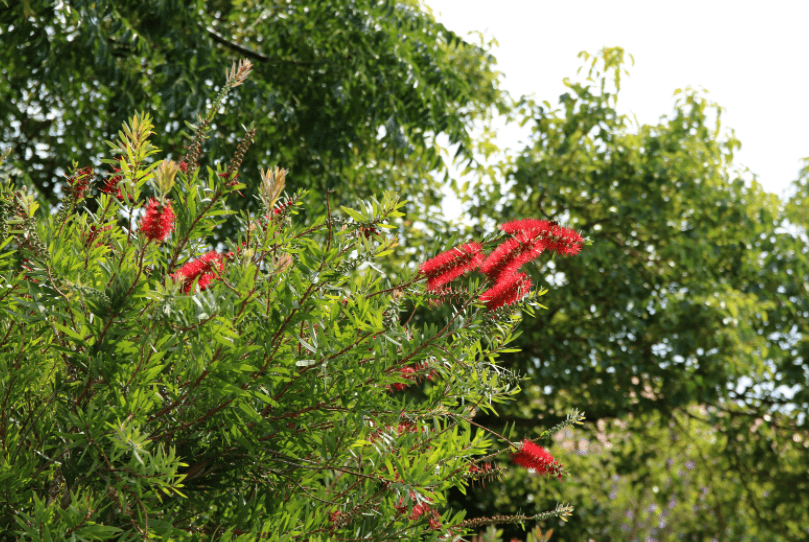Spring Shrub Cleaning
When spring arrives, we will be inundated with jobs such as to Spring Clean Your Shrubs, so before the dormant season ends, we should examine all of the shrubs in our garden and determine what care they require.
Be extremely critical. So many times, we keep a shrub year after year for no other reason than it has always been with us. It would be far better to remove it entirely; it is pleasing to the plantsman to be confronted with a gap in any but the most recent garden.
He’ll pounce on it with something or things he’s been dying to get his hands on. Take, for example, the lilac. Aren’t the blooms unappealing in comparison to what you could have?
The stock from which it was grafted most likely took over years ago, and you are now being treated with nothing more than wild lilac blossom. Even if the tree is a correct variety, it may require maintenance.
Remove all the weak branches and twigs clogging up the inside of the bush with a saw and secateurs. They will never be robust enough to flower, and in the meantime, they block light and prevent strong young replacement branches from developing.
Rhododendrons And Hydrangeas
Is your hydrangea too big for its spot? Cut all of the bush’s oldest branches (the ones that are the most extended and straggliest) all the way down to the ground.
When they’re gone, the bush’s circumference will be reduced. Except for Hydrangea paniculata varieties, never cut hydrangea branches short because you remove the flower wood.
If the brush is still too bulky after the thinning, I suggested removing it and replacing it with a dwarf-growing variety or relocating it to another part of the garden where more space is available.
Hydrangeas are highly mobile, except that an old plant can be hefty. In that case, you can cut it in half or quarters. It’s amazing what they’ll accept. Rhododendrons are also excellent movers, even at a mature age, rarely divided.
Alternatively, if the specimen is too large, it is usually safe to cut it hardback, right into an old thick wood, leaving only 3-5ft (90cm-1.5m) of trunk and stems. Only rhododendrons with smooth bark, such as P. thomsonii, will not ‘break’ due to this treatment.
Method Of Beheading
A bush treated in this manner will usually not flower for a year or two, but the procedure is rarely necessary. Last winter, I treated two lilacs in this manner, as well as a massive 15ft (4.5m) Escallonia ‘Langleyensis’.

They’ve grown tremendously since then. An old Skimmia japonica that was beheaded two years ago sulked for a while, with some branches dying back, but it is now pulling around.
To reduce shock, it is often preferable to cut half of a shrub back one winter and the other half the following. If a tree or shrub is in the wrong place, it is always best to remove it or relocate it if it is not too large.
However, family relationships can become strained at times. My mother adored a strawberry tree (Arbutus unedo) that had been planted right next to our house and was destroying an old wall apricot that I much preferred.
As a result, I set about lopping all the branches off the arbutus until it resembled something out of a Lowry industrial landscape painting. I didn’t dare to do anything else. After several months, I noticed that the victim was sprouting new shoots over its old wood in May.























